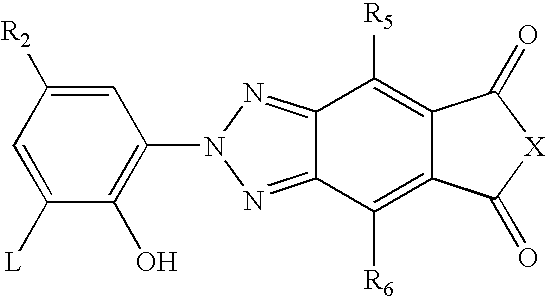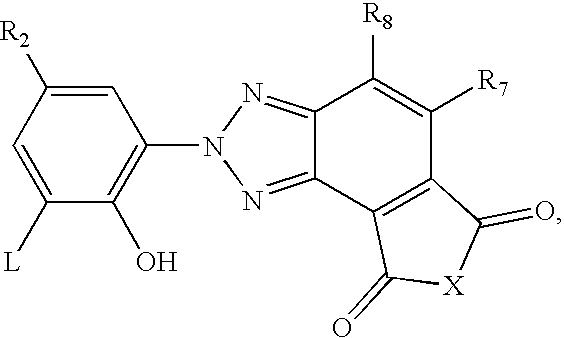Multicoat paint systems, process for producing them, and their use in automaking
a paint system and multi-coat technology, applied in radiation-absorbing paints, instruments, lighting and heating apparatuses, etc., can solve the problems of pigmentation of the basecoat(s) needed to achieve low light transmittance, the need to cure the basecoat film, and the need to achieve the effect of low light transmittance, so as to achieve the effect of reducing the shade of the coat, and reducing the amount of pigmentation
- Summary
- Abstract
- Description
- Claims
- Application Information
AI Technical Summary
Benefits of technology
Problems solved by technology
Method used
Image
Examples
examples
1.1. Preparation of Pigment Pastes PP1 to PP3
[0168]Pigment paste PP1 is obtained by initially introducing, in accordance with table 1 below, the polyurethane dispersion from EP-B-787 159, page 8, polyurethane dispersion B, and adding, with rapid stirring, polypropylene glycol, blue Paliogenblau L 6482 pigment, deionized water, and a neutralizing solution (dimethylethanolamine, 10% in water). The stirring time amounts to one hour. After stirring, the mixture is ground with a commercially customary laboratory mill until the fineness, measured according to Hegman, is <12 μm. To conclude, the formulation is adjusted to a pH of 7.8-8.2 using the neutralizing solution (dimethylethanolamine, 10% in water).
TABLE 1Polyurethane dispersion66.5Polypropylene glycol1.7Deionized water13.9Blue Paliogenblau L6482 pigment16.5Neutralizing solution1.4
[0169]Pigment paste PP2 is obtained by initially introducing, in accordance with table 2 below, the polyurethane dispersion from EP-B-787 159, page 8, pol...
PUM
| Property | Measurement | Unit |
|---|---|---|
| thickness | aaaaa | aaaaa |
| thickness | aaaaa | aaaaa |
| thickness | aaaaa | aaaaa |
Abstract
Description
Claims
Application Information
 Login to View More
Login to View More - R&D
- Intellectual Property
- Life Sciences
- Materials
- Tech Scout
- Unparalleled Data Quality
- Higher Quality Content
- 60% Fewer Hallucinations
Browse by: Latest US Patents, China's latest patents, Technical Efficacy Thesaurus, Application Domain, Technology Topic, Popular Technical Reports.
© 2025 PatSnap. All rights reserved.Legal|Privacy policy|Modern Slavery Act Transparency Statement|Sitemap|About US| Contact US: help@patsnap.com



